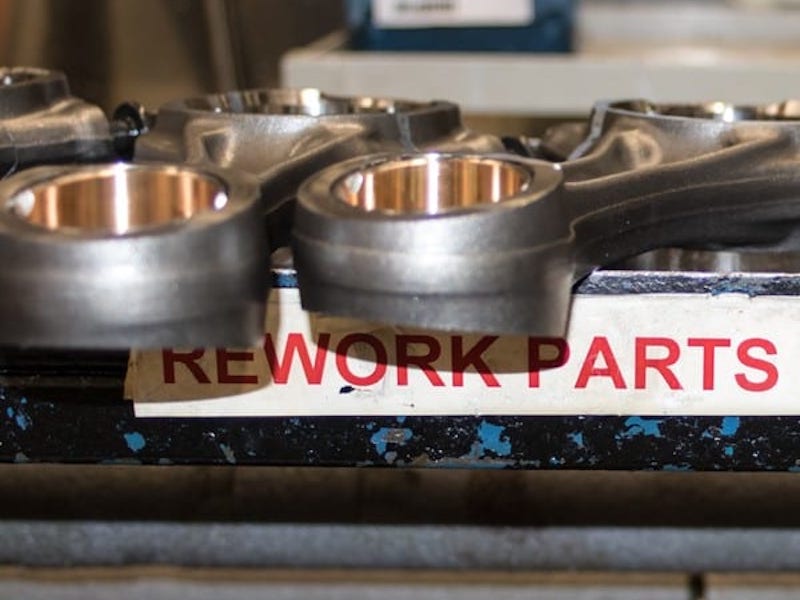An electroplater was having an issue treating metals, particularly zinc, that was affecting their continuous flow system.
 David JoyceQuestion: I work in a job shop that performs barrel plating for zinc, nickel and copper, and other processes. My current pain seems to come from the deburring/tubbing processes. We have approximately 10+ cleaners which are spec in with our customers. We have a procedure for batch treating cleaners which is ok; we know they are chelated. A recent issue I came across is our company taking on another job, again with a spec in cleaner. However, since adding this to our current treatment scheme I can no longer get my metals — particularly zinc — as low, and it is now starting to affect our continuous flow system. Our batch treatment consists of using wastes acid to neutralize the cleaners and adding lime to adjust the pH to 9.0-9.4 to target Zn. Contents are filter pressed to remove solids with filtrate being sent to our EQ Tank. Any Thoughts?
David JoyceQuestion: I work in a job shop that performs barrel plating for zinc, nickel and copper, and other processes. My current pain seems to come from the deburring/tubbing processes. We have approximately 10+ cleaners which are spec in with our customers. We have a procedure for batch treating cleaners which is ok; we know they are chelated. A recent issue I came across is our company taking on another job, again with a spec in cleaner. However, since adding this to our current treatment scheme I can no longer get my metals — particularly zinc — as low, and it is now starting to affect our continuous flow system. Our batch treatment consists of using wastes acid to neutralize the cleaners and adding lime to adjust the pH to 9.0-9.4 to target Zn. Contents are filter pressed to remove solids with filtrate being sent to our EQ Tank. Any Thoughts?
Answer: You indeed have your work cut out for you in wastewater treatment. Knowing the cleaners are chelated is important information; but you did not state if the “waste acids” you are using also contain metals i.e. copper, nickel or zinc from passivation or bright dip processes. This obviously would not be in your best interest. Metal bearing acid wastes should always be segregated, pretreated, and precipitated when possible.
You mentioned your current treatment is “ok” until you added this new cleaner. We know not all cleaners are created equal; some are more chelated than others. Marketing people have been very creative with cleaner literature changing chelates to sequestering agents or product enhancers.
But I am suspecting something else could be in play and I would like you to investigate. Your current treatment using waste acids would indicate the cleaners are basic, having a pH higher than 7.0). I would check the pH of the new cleaner you are adding to see if it is acidic. Cleaners are easier to breakdown when taken to their opposite operating pH range.
I would still filter press to remove the solids, however the filtrate should be tested to determine if secondary treatment using DTC or Sulfide is necessary. Yes, I agree this is more work; however, consider skipping this step could affect the main system by chelating the EQ tank which is generally larger in size compared to a batch treatment process.
Lastly, in the event you find the filter press becomes blinded from the large amount of surfactants going thru it. You may find some relief by slowly bleeding the cleaner treatment with a portion of solids removed from the clarifier.
David Joyce is a member of the Aquapure Team at Hubbard-Hall. Please visit www.hubbardhall.com



































